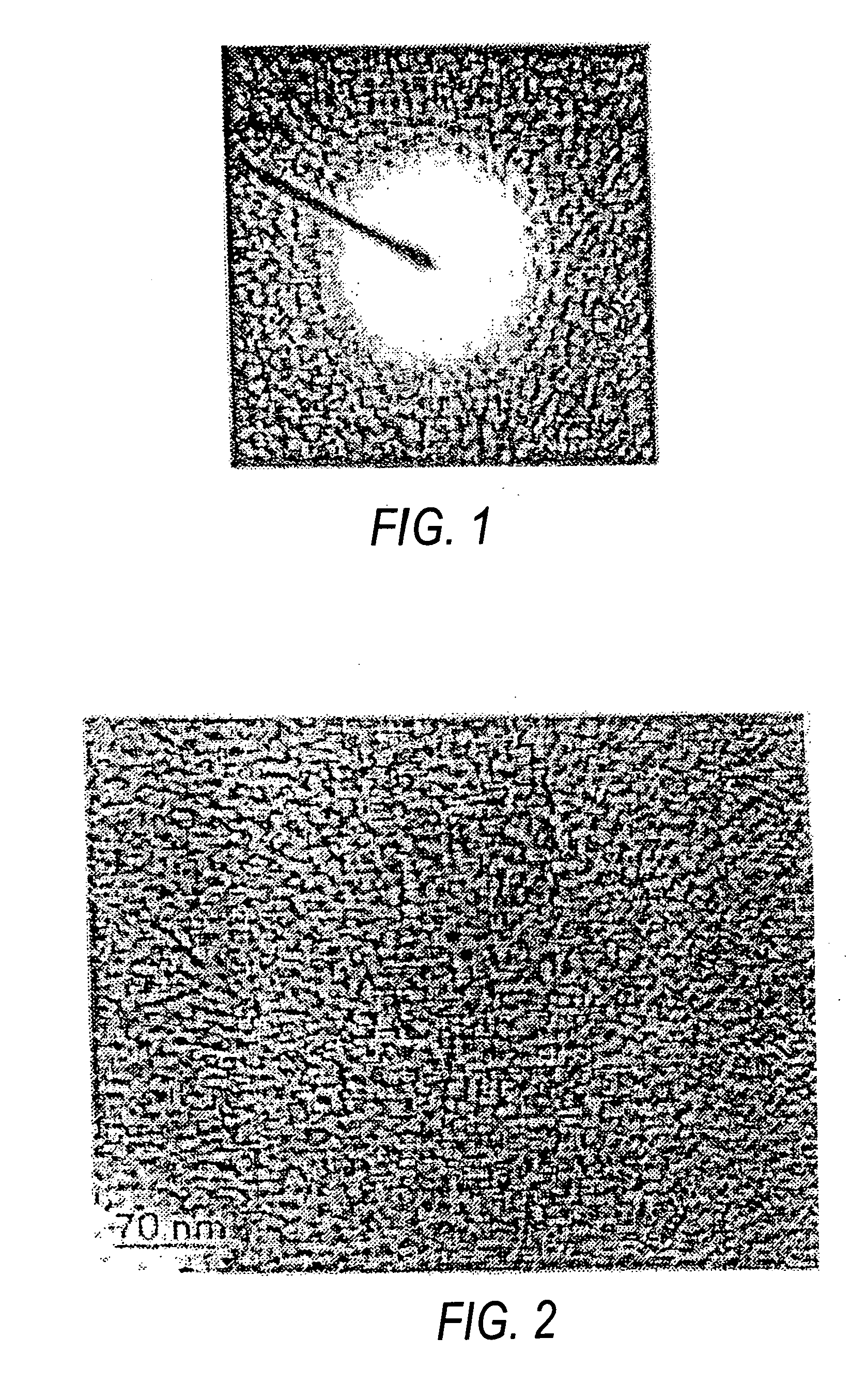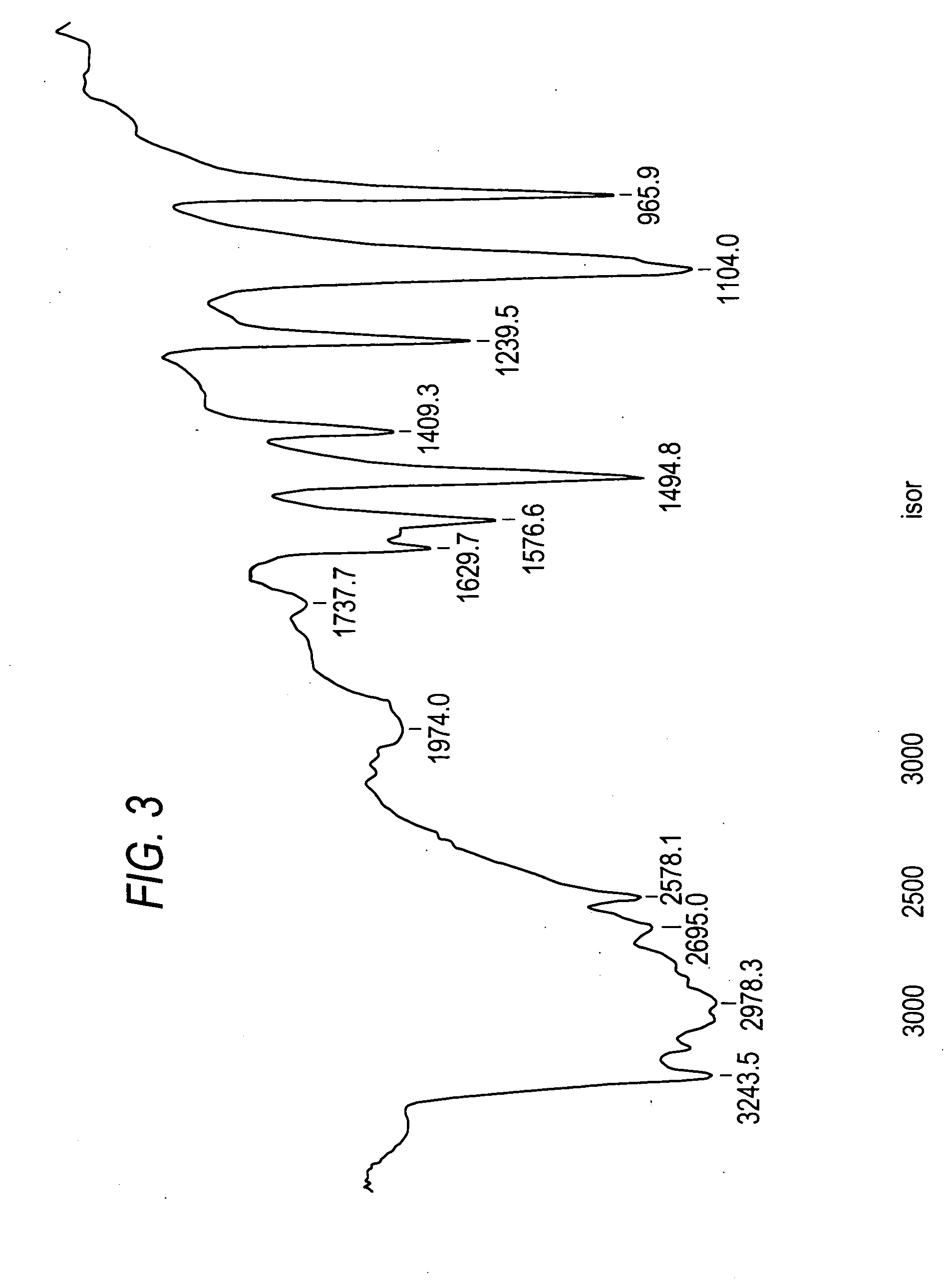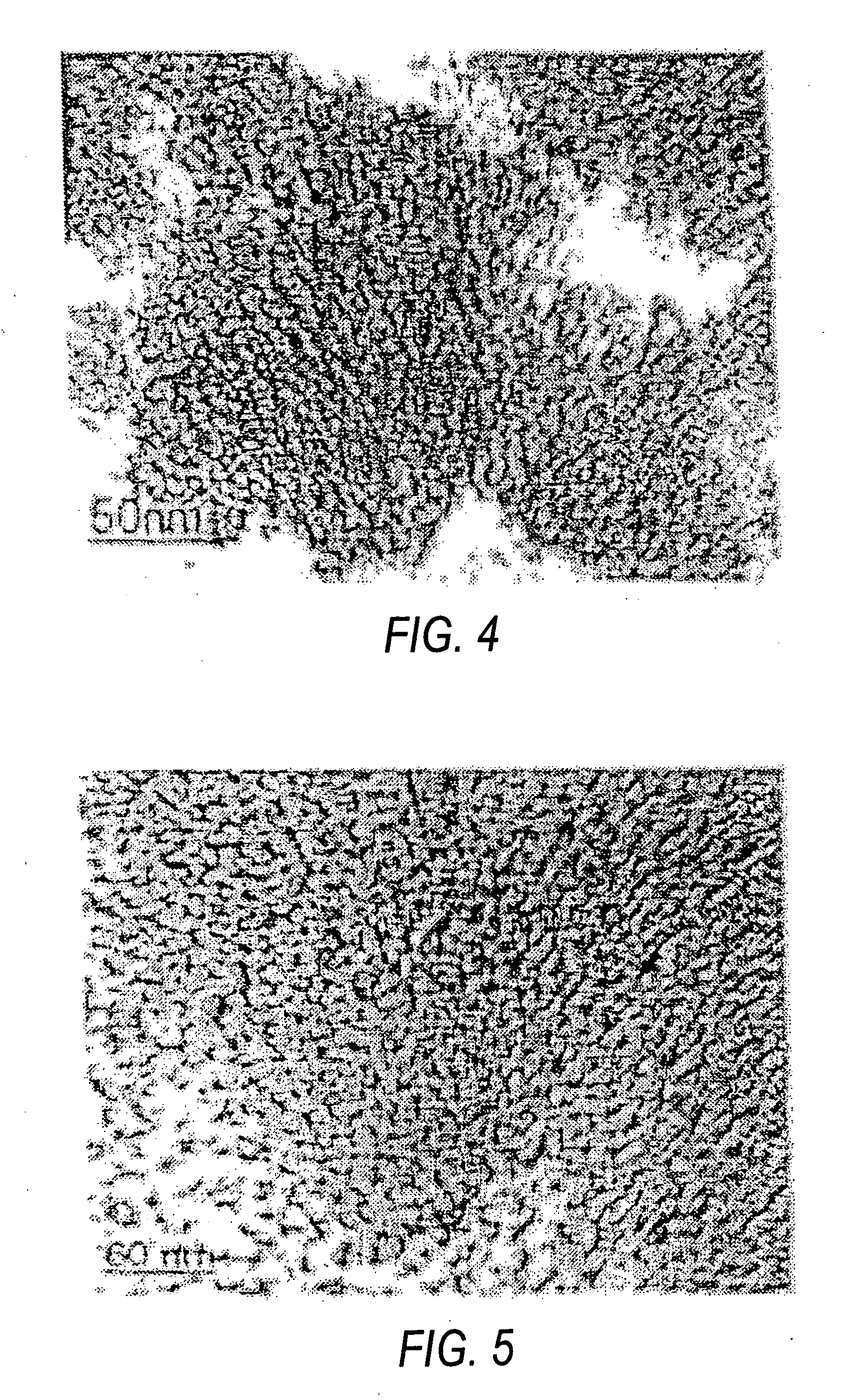Process for simultaneous preparation of nanocystalline anatase titanium dioxide powder and hydrazine monohydrochloride
a technology of hydrazine monohydrochloride and nanocystalline anatase, which is applied in the field of environmental protection, can solve the problems of less control of particle shape and size, hydrolysis method, and high temperature to control the mixing ratio of reactants, and achieve the effect of preventing agglomeration
- Summary
- Abstract
- Description
- Claims
- Application Information
AI Technical Summary
Benefits of technology
Problems solved by technology
Method used
Image
Examples
example-1
Preparation of Anatase Titanium Dioxide Nanoparticles
[0030] 20% titanium tetrachloride solution was prepared in concentrated hydrochloric acid. Aqueous solution of titanium tetrachloride was then prepared by taking 2 ml of the above solution in 100 ml distilled water. To the above aqueous acidic solution hydrazine monohydrate (99%) was added in the range of 10 to 99% v / v dropwise under constant stirring at normal temperature 30° C. and about atm. pressure. The pH of the solution was brought to 7 and stirred further for 30 minutes to obtain the anatase titanium dioxide as precipitate. The titanium dioxide precipitate was filtered, washed with distilled water for 15 times and dried at normal temperature in air. The byproduct hydrazine monohydrochloride was recovered by freeze drying the filtrate and washing the filtrate with water at a temperature in the range of −60-40° C.
[0031] The formation of anatase titanium dioxide nanoparticles was confirmed from the selected area electron d...
example-2
Preparation of Anatase Titanium Dioxide Nanoparticles
[0036] 50% titanium tetrachloride solution was prepared in concentrated hydrochloric acid. Aqueous solution of titanium tetrachloride was then prepared by taking 2 ml of the above solution in 10 ml distilled water. To the above aqueous solution hydrazine monohydrate (99%) was added dropwise under constant stirring at 25° C. and about 1 atm. pressure. The pH of the solution was brought to 8 to obtain the anatase titanium dioxide as precipitate. The titanium dioxide precipitate was filtered, washed with distilled water for 10 times and dried at normal temperature in air. The byproduct; hydrazine monohydrochloride was recovered by freeze drying the filtrate and washings at −40° C.
[0037] The yield for both the product and byproduct was better than 95%.
[0038] The particle size for titanium dioxide was found to be less than 5 nm from TEM image (FIG. 4).
[0039] The BET surface area of the as prepared anatase titanium dioxide powder w...
example-3
Preparation of Anatase Titanium Dioxide Nanoparticles
[0040] 20% titanium tetrachloride solution was prepared in concentrated hydrochloric acid. Aqueous solution of titanium tetrachloride was then prepared by taking 1 ml of the above solution in 10 ml distilled water in a round-bottom flask and degassed for 30 minutes by nitrogen purging. To the above aqueous solution hydrazine monohydrate (99%) was added dropwise under nitrogen atmosphere and constant stirring at 30° C. and about 1 atm pressure. pH of the solution was brought to 7 to obtain the anatase titanium dioxide as precipitate. The titanium dioxide precipitate was filtered, washed with distilled water for 10 times and dried at normal temperature in air. The byproduct hydrazine monohydrochloride was recovered by freeze drying the filtrate and washings at −40° C.
[0041] The formation of anatase titanium dioxide nanoparticles was confirmed from the selected area electron diffraction pattern.
[0042] The yield for both the produ...
PUM
 Login to View More
Login to View More Abstract
Description
Claims
Application Information
 Login to View More
Login to View More - R&D
- Intellectual Property
- Life Sciences
- Materials
- Tech Scout
- Unparalleled Data Quality
- Higher Quality Content
- 60% Fewer Hallucinations
Browse by: Latest US Patents, China's latest patents, Technical Efficacy Thesaurus, Application Domain, Technology Topic, Popular Technical Reports.
© 2025 PatSnap. All rights reserved.Legal|Privacy policy|Modern Slavery Act Transparency Statement|Sitemap|About US| Contact US: help@patsnap.com



